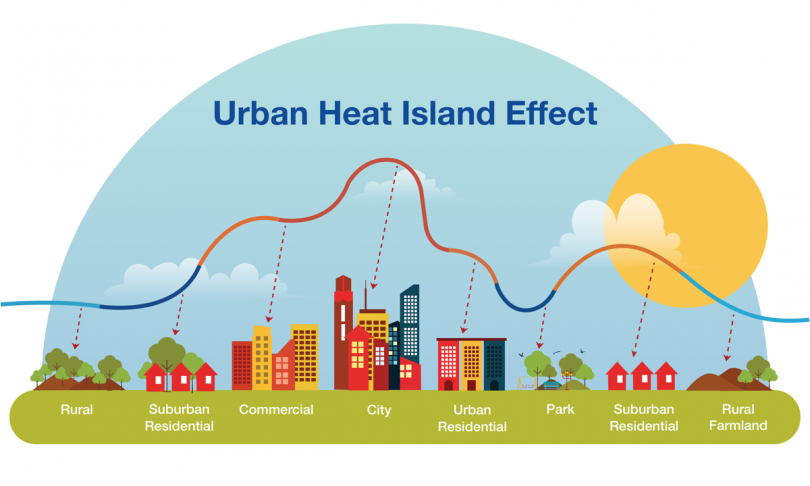Introduced by local authorities so as to shield citizens against the hot weather extreme temperature control strategies have been put in place. Some such measures include making available air conditioned public places for temporary hiding places against high temperatures, tree planting schemes and establishment of parks which increase greenness in towns as well as encouraging cool roofs and pavements that can reflect sunlight thus minimizing heat absorption. Moreover, there is an improvement of public awareness campaigns aimed at making people more aware of risks associated with too much heat including remaining hydrated or avoiding engaging in physical exercises at peak times in hot months.

